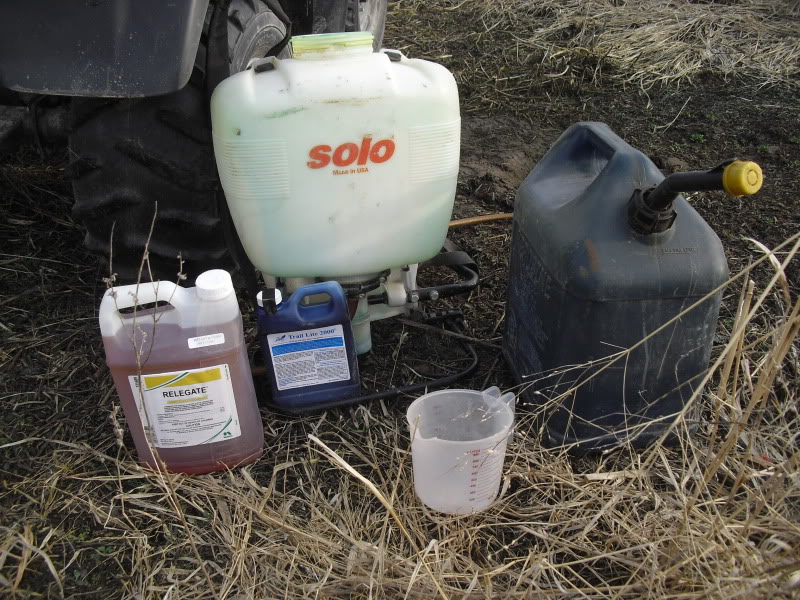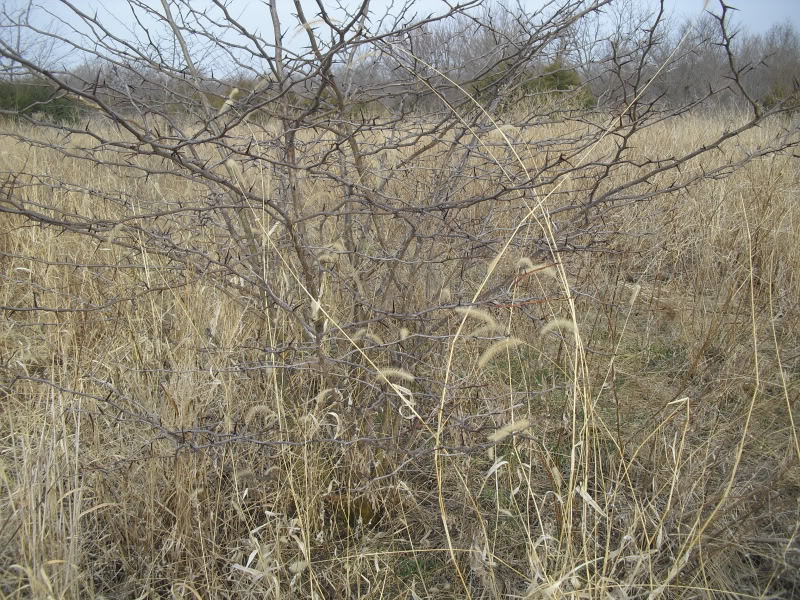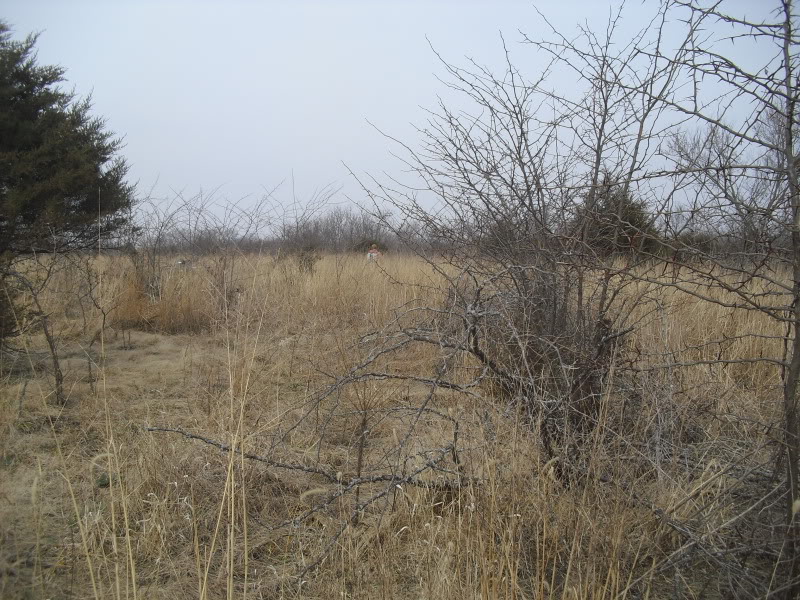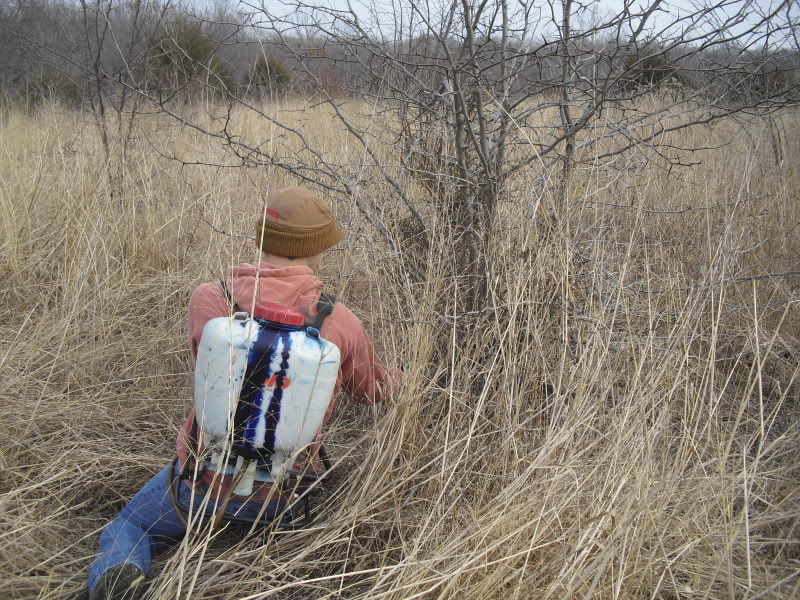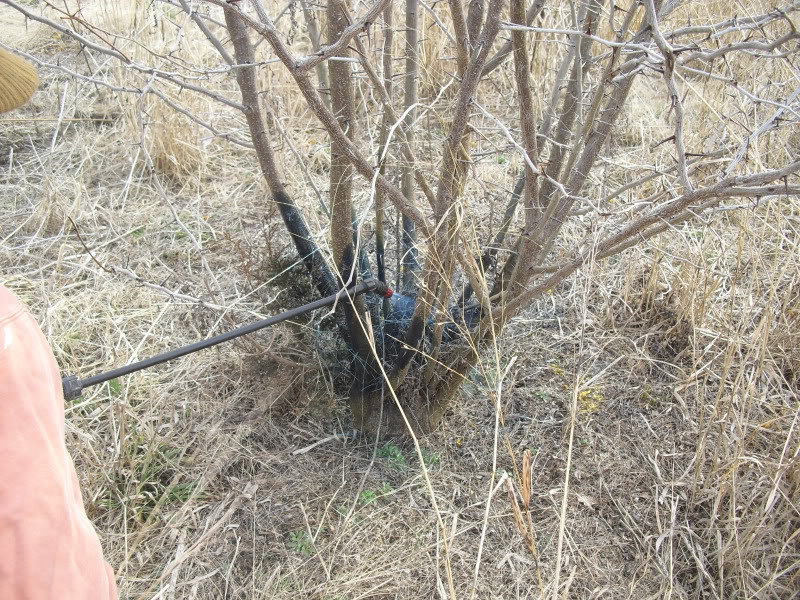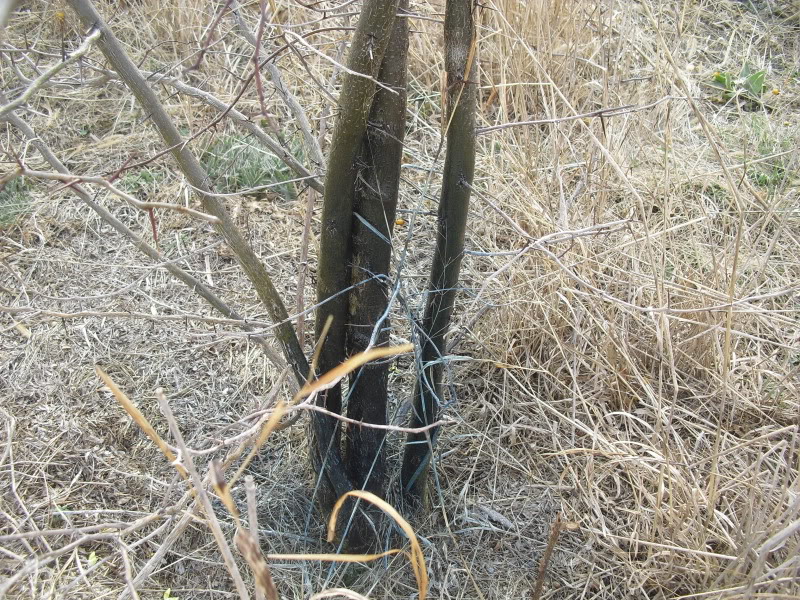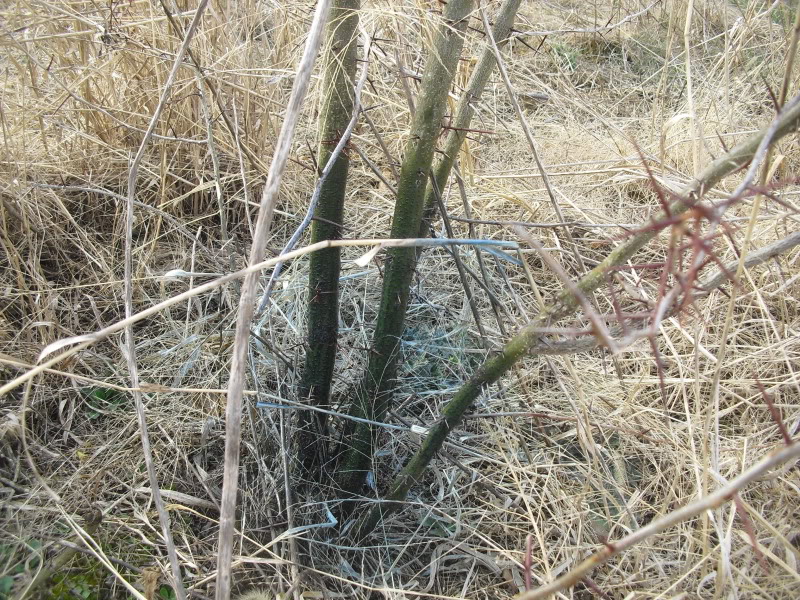mmatthes90
Member
Ok guys, I've read this thread a few times in the last few days, and had a few questions... We are heading to the farm this weekend with chainsaws to trim trails back and get rid of a few trees. There are loads of shagbark hickory's and locusts, my first question is, can we take out the hickory's this weekend before the forester comes down in a few weeks or would it be best to wait until he walks the property? There a few locusts in an open pasture area we are going to plant cedars in, will they require a chemical treatment even if we cut them completely down? and the last, I've read dbltree mention Shingle Oaks multiple times, I'm 100% certain I know what these are, what are the main reasons for harvesting these as I've read they do produce acorns? (well that's what my tree book said, but it also said Black Oak acorns are a valuable food source for wildlife) Thanks guys!


